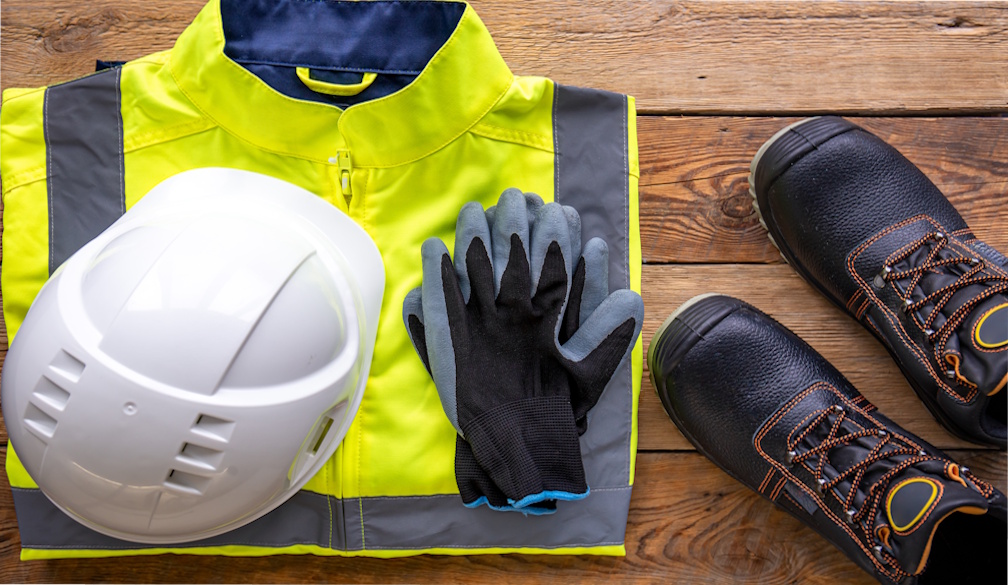National Action Plan For Endometriosis Is A Game-Changer For Australian Women

Heba Shaheed, The Pelvic Expert, shares her personal story and expert tips for living with endo...
First National Action Plan For Endometriosis Is A Game-Changer For Australian Women
The announcement of the first National Action Plan for Endometriosis is deeply personal to me. I’d been told “period pain is normal” my entire life, and after 11 years of suffering and invalidation, I finally received a diagnosis and treatment for endometriosis.
The Action Plan is a crucial step to reducing the alarmingly delayed diagnosis averaging 7 to 10 years, and I can breathe a sigh of relief knowing that girls and women will finally be heard when they complain of period pain.
I believe that we need to implement up-to-date menstrual health education in schools, and we must screen for endometriosis in school-aged girls. This can help prevent and reduce the disastrous effects of ongoing inflammation and growth of endometriosis and subsequent chronic pelvic pain and infertility.
I remember vividly in my early teens, waking up in the middle of the night in such severe pain that I crawled my way out of my room and down the stairs, crying in agony, until I reached my parents’ bedroom. We rushed to the hospital, and I honestly felt like my uterus was going to explode. The hospital pumped me full of morphine, and sent me home the next day, with no mention of the possibility of endometriosis.
My severe period pain, menstrual migraines and bowel problems, which are all common symptoms of endometriosis, were never taken seriously despite seeing dozens of doctors. If only someone had taken a closer look in my teens, or if menstrual health education in schools included information about endometriosis, I could have prevented a lifetime of pelvic pain and other autoimmune issues.
Research into diagnosis and treatment of endometriosis has been severely lacking, especially since it affects 1 in 10 women and girls worldwide. For a condition that affects as many women as diabetes with similar costs to the economy, it receives only 5% of comparable funding. That’s $10 of funding per woman with endometriosis, compared to $200 per woman with diabetes.
Endometriosis occurs when cells similar to those that make up the lining of the uterus exist in other places as well, such as on the ovaries, the fallopian tubes, the bowels, and even the lungs and diaphragm. When a woman has a period, these cells bleed too, but there’s nowhere for them to leave the body so they build up causing inflammation, scarring, adhesions, pain and infertility.
Endometriosis is a condition that affects 700,000 Australian women, yet managing the pain associated with it remains elusive for many. As much as surgery is important for period pain and fertility, the delay in diagnosis averages 7 to ten years, which means, by the time women are in their 20s and 30s, they can have chronic pelvic pain.
Endometriosis and associated pelvic pain requires a holistic approach that combines surgery, nutrition, pain education, physiotherapy and exercise.
1. Excision surgery with a trained advanced laparoscopic surgeon
Women with endometriosis must consult with a gynaecologist who is experienced in advanced laparoscopic surgery to remove all signs of endometriosis from anywhere in the body and prevent it from growing. It’s not uncommon to hear of women who have had 5, 10 or 15 surgeries for endometriosis.
Unfortunately, the more surgeries a woman has, the more scar tissue will build up in her body, which can lead to more pain. Women who have had multiple surgeries without improvements in their pain need to approach their pain management with a more holistic lens.
2. Avoid inflammatory foods
One of the most common symptoms of endometriosis is the appearance of “endo belly”. Many women complain of looking 5 months pregnant, which can be doubly disheartening if struggling with infertility as well. This is due to inflammation and swelling of the gut, which can occur after eating certain triggering foods.
A 2012 research study has shown that women with endometriosis benefit from eliminating gluten from their diet. Many women with endometriosis will often have been diagnosed with irritable bowel syndrome. Based on research by Monash University, a low FODMAP diet, which involves eliminating sugars can also assist in management of abdominal symptoms associated with endometriosis.
Eating foods with anti-inflammatory properties can also help to reduce pain and inflammation. Omega-3 fatty acids found in fish and walnuts, zinc and antioxidants such as vitamin C and vitamin E can regulate hormones, reduce inflammation and improve immune health.
3. Understanding pain reduces pain
When women have chronic pelvic pain, their bodies can enter into a state of fight-or-flight, and many women also experience anxiety and depression. As a result, women with endometriosis can feel confused, frustrated and afraid because they don’t understand why they are experiencing symptoms such as pain.
When a person has experienced pain for more than 6 months, the nervous system changes and becomes more hyperirritable. The brain’s threshold for pain lowers, and the nerves become more sensitive.
This means that it takes less stimulus to trigger more pain, even if the original problem is gone. This is why many women who have surgery for endometriosis still experience pelvic pain after the surgery - they have addressed the endometriosis growth but they have not addressed the changes to the nerves.
4. See a women’s health physiotherapist
Many women with endometriosis experience painful sex, abdominal pain, hip pain and pelvic pain. A women’s health physiotherapist can help ease pelvic and sexual pain by addressing the root cause: tight pelvic floor muscles. She can release these muscles as well as teach women with endometriosis how to to actively relax their pelvic floor.
Beyond this, women with endometriosis can be taught self-massage techniques, stretches and breathing techniques to help ease their pain.
5. Movement is medicine
Movement and exercise is essential for women with endometriosis to help them manage their pain. Sometimes endometriosis sufferers avoid exercise due to fear of worsening pain, however inactivity can tighten muscles and make pain worse.
It is important that women with endometriosis remain active and regularly stretch their pelvic, hip and abdominal muscles. Yoga has been found to be especially beneficial in women with endometriosis as it stretches the pelvic muscles, exercises the nerves and promotes deep breathing and relaxation.
Credit:
Heba Shaheed is the co-founder of The Pelvic Expert, where she provides online exercise, nutrition and pelvic floor programs for mothers, pregnant women, and women with pelvic pain and endometriosis.
Heba has over 7 years experience in women’s health physiotherapy, nutrition and exercise. She hosted an online summit TENDO bringing together experts in endometriosis management from all across the globe. Heba is an advisor for the Endometriosis Special Interest Group and on the sub-committee for the International Pelvic Pain Society.

























